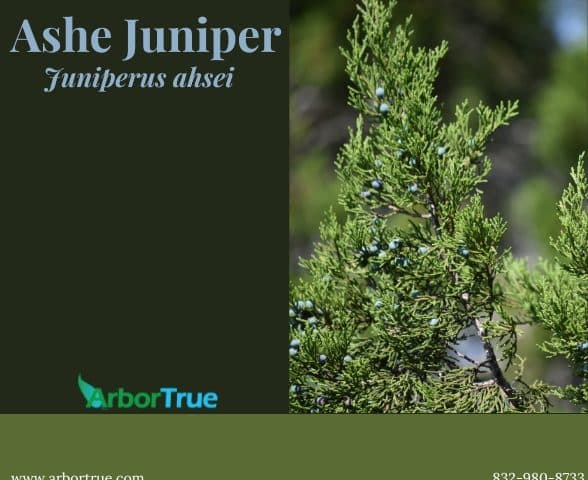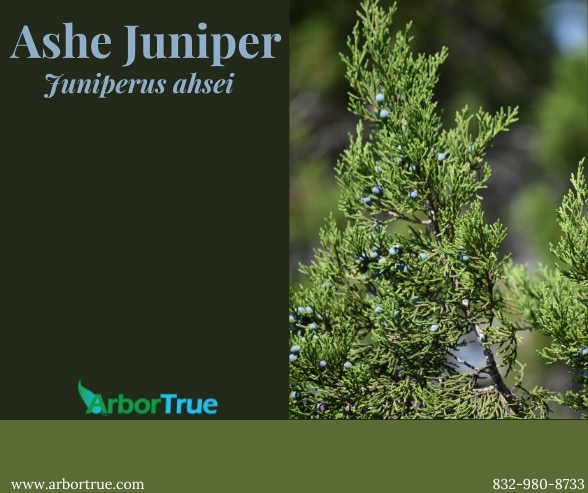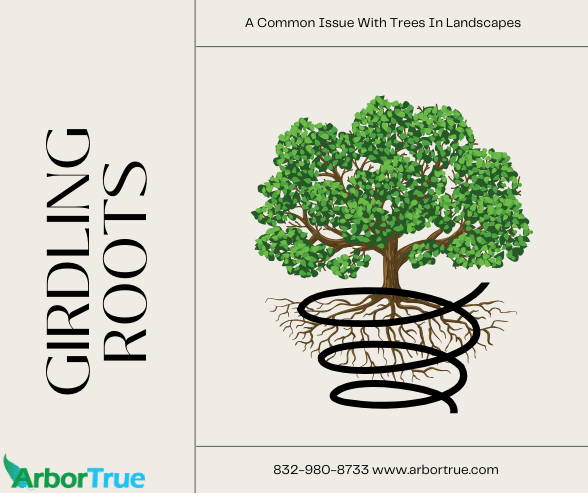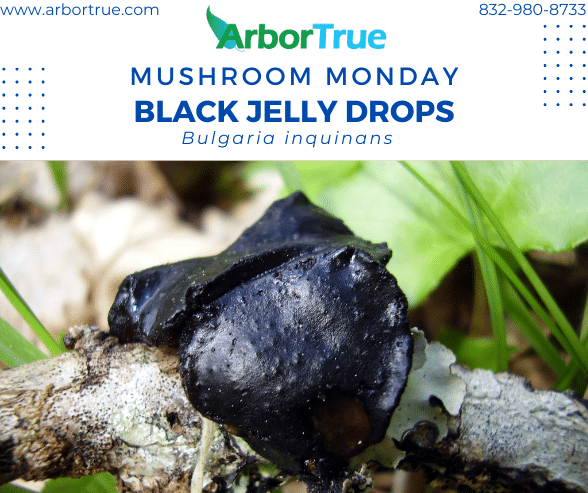
Why Don’t More Clovers Have Four Leaves?
March 20, 2024
Mushroom Monday: Coral Tooth Fungus (Hericium coralloides)
March 25, 2024
Ashe Juniper (Juniperus ashei)
From our recent survey, one of the things you said you wanted to learn more about were trees. We usually tell you about a different tree with each of our Tree Thursday posts on social media. Today we thought we’d go a little more in depth and have a blog post about one. The tree we are going to look at today is Ashe Juniper (Juniperus ashei).
What Are Some Basics of Ashe Juniper?
Ashe Junipers are evergreens. They can get around thirty feet tall with trunks that have around an eight-inch radius. Depending on how it’s grown, it can be a shrub.
The trunk of the tree can be twisted and have grooves and can branch out at a low point making it look like the tree has multiple trunks. The crown can be irregular or rounded and open. The shaggy bark, which can form strips, is brownish/red or gray in color and can have patches of white.
The foliage of the tree is a dark shade of green and can have a nice scent. The foliage has a wax-like coating that can reduce the loss of water.
There are separate female and male trees. Both can have seed cones, which are blue. The male trees can turn a golden color in the winter because of their pollen.
Where Can You Find Ashe Juniper?
If you live in the central part of Texas, for example around the Austin area, you should be familiar with this tree as it can be common there. Ashe Juniper is native to Texas and in particular to the central part of the state.
What Are Some Common Names for Ashe Juniper?
Ashe Juniper can be known by various names, for example, Rock Cedar, Blueberry Juniper, and Mountain Cedar. Although it is referred to as a cedar in some common names, it isn’t actually a cedar.
The Ashe part of the common name comes from William Willard Ashe, for whom the tree was named. Mr. Ashe was associated with the United States Forest Service.
Why People Sometimes Don’t Like Ashe Juniper
One reason people sometimes don’t like Ashe Juniper is that the pollen from the male trees can cause allergy symptoms. People allergic to cedar can also be allergic to its pollen as well. In places where there are large congregations of the trees, like in the central part of Texas, this can be an issue for some people.
Another issue with Ashe Juniper is that when many trees grow together in a small space they can form thickets. This can prevent water from reaching the soil around them and instead running off.
What are Some Benefits of Ashe Juniper?
Although people sometimes don’t like Ashe Juniper, the tree, like all trees, does have a number of benefits.
One benefit is that the tree is important for wildlife. A number of insects and similar creatures consume the foliage of the tree, and other animals eat those creatures. Additionally, different birds eat the “berries” produced by the tree (more on the berries below).
One particular bird that benefits from Ashe Juniper is the Golden-cheeked Warbler. This is an endangered bird that uses the bark from mature Ashe Juniper trees as the main and almost exclusive material for nests they build.
The tree can also be important for soil. It can lessen erosion because it can grow in places that other trees can’t, it can help retain water in an area, and it can improve the soil when its foliage decomposes. This can help native plants that associate with the tree such as Cedar Sage.
Additionally, a fungus called Roberga albicedrae is exclusively associated with Ashe Juniper.
Do Ashe Juniper Trees Have Berries?
Although the little blue balls on Ashe Juniper trees look like berries, and are sometimes called berries, they actually aren’t. Instead, they are seed cones, which are different from berries.
The seed cone is like a cone from a pine tree. The seeds are inside it the same way there are seeds in a pinecone. The reason the seed cone is thought of as a berry is that it has flesh on the outside that resembles the flesh of a fruit, the seeds are held inside, and it looks like a blueberry.
If you liked learning about Ashe Juniper, check out the other posts on our TrueTreeTalk blog and follow us on Facebook to keep up with our new posts.




